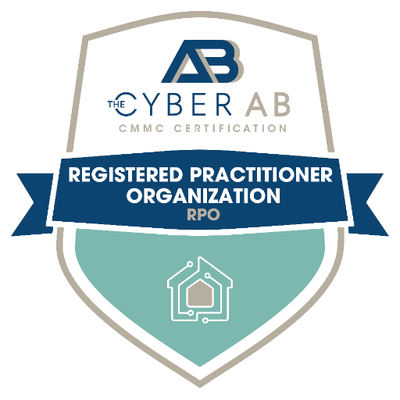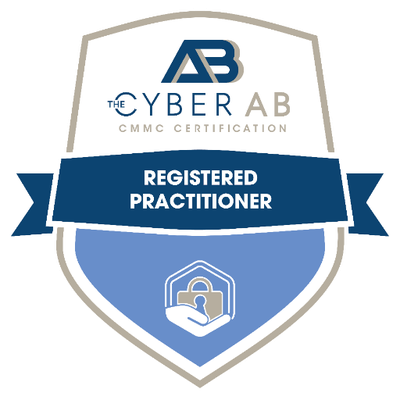The concept of the hybrid workplace has become a defining feature of the modern business world. As a CFO, it’s crucial to recognize that this shift in work dynamics brings both opportunities and challenges and an increase as well as a reduction of costs. Let’s delve into the cybersecurity risks of a hybrid workforce, gain a better understanding of how it impacts your organization’s security posture, and explore strategies to ensure robust protection.
The Impact of Hybrid Work on Cybersecurity
The hybrid workplace model, where employees divide their work time between the office and remote locations, introduces a new set of complexities for cybersecurity. Here’s how it impacts your organization:
- Network Diversity: Employees now move between secure office environments with enterprise-level security measures and potentially vulnerable home networks. This diversity in network environments poses a significant challenge and increases the chances of a breach.
- Device Proliferation: With employees using personal and corporate devices interchangeably, IT teams must now manage a broader spectrum of endpoints, each with its unique security considerations.
- Data Accessibility: Ensuring secure access to sensitive data and applications from various locations becomes paramount, requiring robust identity and access management (IAM) strategies.
Identifying the Risks of Hybrid Work
Hybrid work introduces several cybersecurity risks that need your attention:
- Home Network Vulnerabilities: Remote workers may use home networks with inadequate security, rogue devices, or outdated equipment, making them susceptible to attacks.
- Phishing and Social Engineering: Cybercriminals often exploit remote workers through phishing emails and social engineering tactics, taking advantage of the lack of in-person supervision.
- Data Leakage: The increased use of personal devices and cloud storage solutions can lead to unintentional data leakage or exposure.
- Compliance Challenges: Meeting regulatory compliance standards across diverse work environments becomes more complex, with data privacy and security regulations requiring meticulous attention.
Securing Your Business in the Hybrid Workplace
To protect your organization effectively in the hybrid workplace, consider implementing these strategies:
- Enhance Endpoint Security: Invest in comprehensive endpoint security solutions to protect devices, regardless of their location.
- Zero Trust Framework: Adopt a Zero Trust security model, which assumes no trust, even inside the corporate network. This approach ensures rigorous authentication and continuous monitoring.
- Security Awareness Training: Educate your employees about the latest cybersecurity threats and best practices to recognize and mitigate risks effectively.
- Data Encryption: Implement strong data encryption protocols to safeguard sensitive information in transit and at rest.
- Network Segmentation: Segment your network to isolate sensitive data and limit lateral movement in case of a breach.
- Regular Audits: Conduct regular cybersecurity audits to assess your organization’s security posture and compliance with regulations.
Conclusion
The hybrid workplace is here to stay, and while it offers flexibility and productivity benefits, it also presents cybersecurity challenges that must not be underestimated. As CFOs and CEOs, it’s your responsibility to lead the charge in safeguarding your organization against these risks.
In a world where remote and hybrid work is the new normal, cybersecurity should remain at the forefront of your strategic agenda. By proactively addressing the unique challenges posed by the hybrid workplace, you can ensure that your organization continues to thrive securely in this dynamic environment.
Cybersecurity Definitions
It almost seems like you need to learn a new language when talking about protecting your organization from cyberattacks. Want to know what a Wi-Fi Pineapple is or need to learn more about the threats you and your business face? We have you covered. Learn all about hacking, phishing, malware, spyware, ransomware, scareware, and more.





